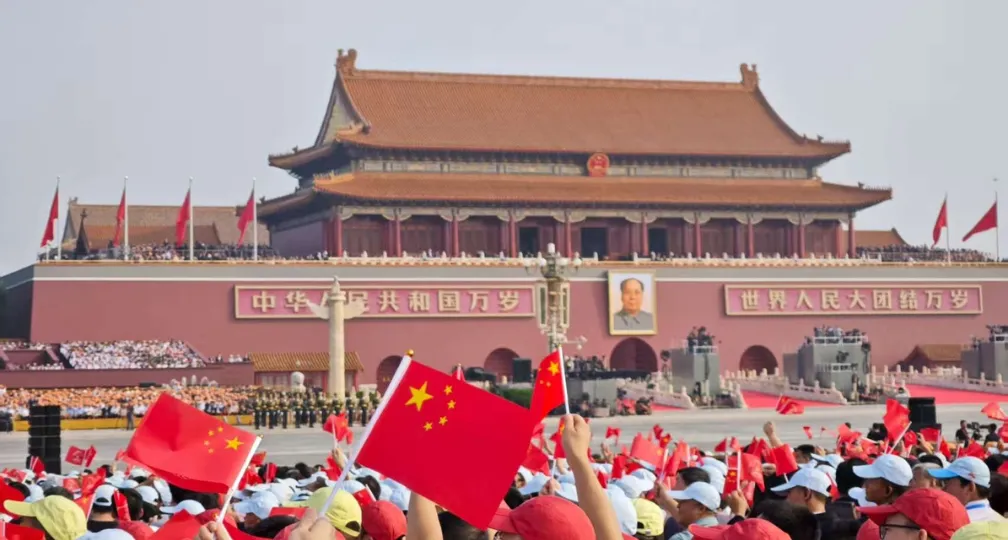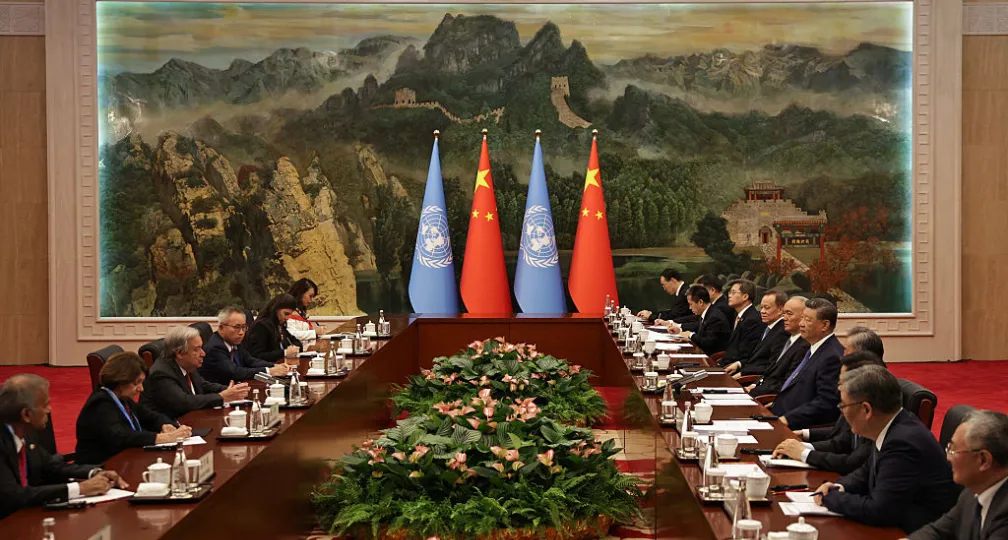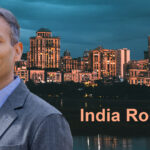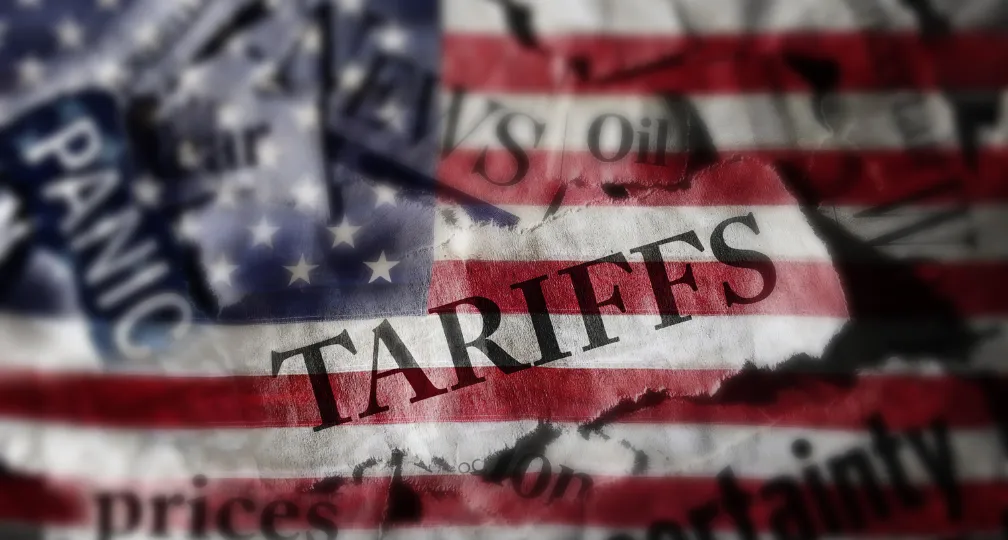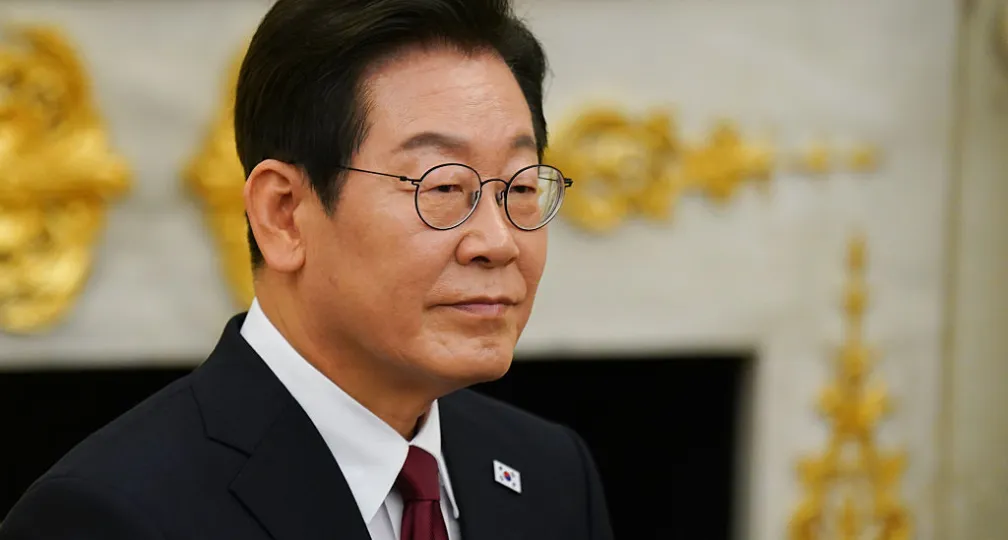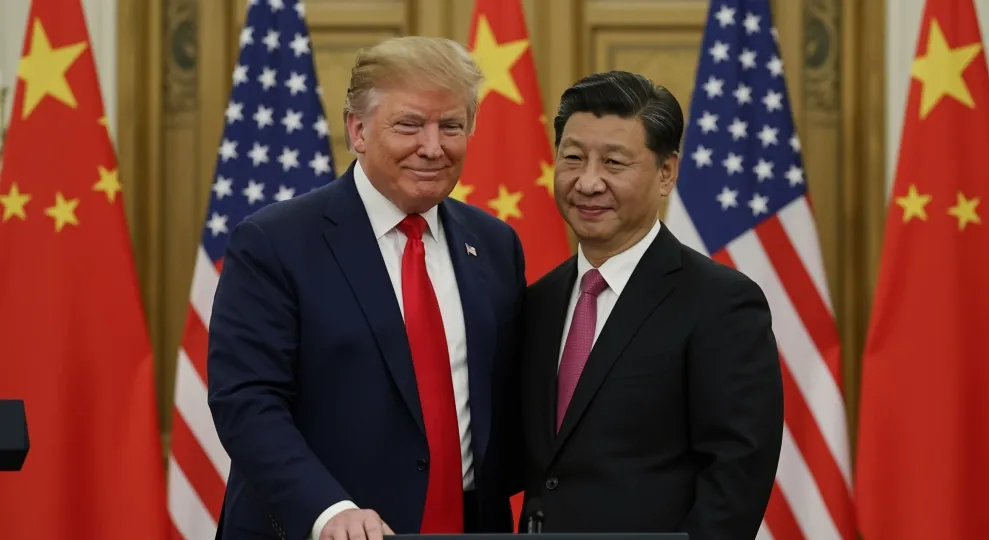What Japan can learn from a leader’s diplomacy four decades ago
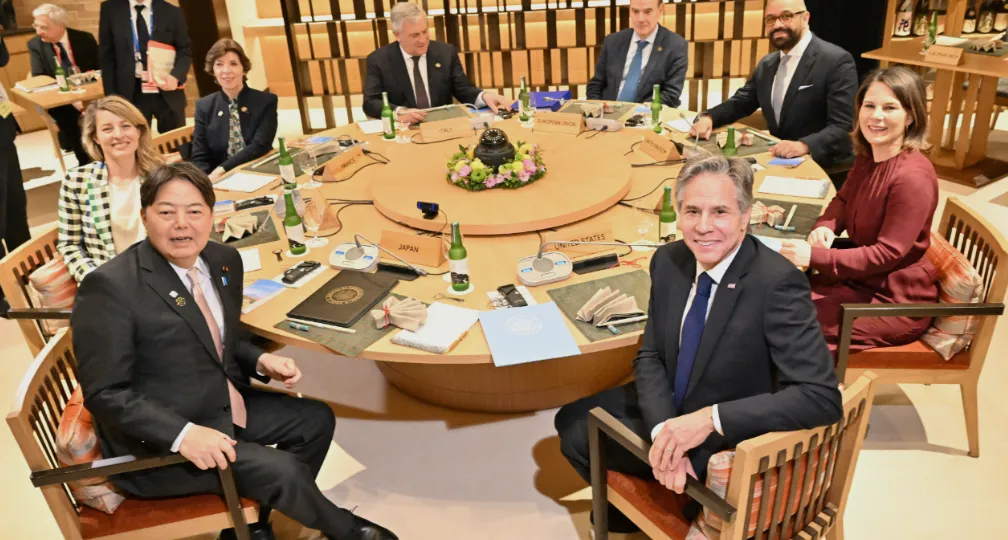
One was at the Williamsburg summit, held in Virginia in the United States in May 1983, exactly 40 years ago.
Western countries at the time had been facing challenges posed by the Soviet Union, and there was a widening rift between the U.S. and France.
Under such circumstances, it was Japan that contributed to strengthening ties among member countries.
Prime Minister Yasuhiro Nakasone, unlike many of his predecessors, sought to take on the political leadership style of a president, showing a stance of taking the lead in diplomacy.
British Prime Minister Margaret Thatcher, who had close ties with Nakasone, wrote in her memoirs that he “was perhaps the most articulate and ‘western’ of Japan’s leaders in the time when I was prime minister.”
The U.S.-France divide
At the Williamsburg summit, U.S. President Ronald Reagan and French President Francois Mitterrand clashed fiercely, leading to a worsening divide between the two countries.
The point at issue was how to confront the Soviet Union’s military buildup and its moves to deploy SS-20 intermediate-range nuclear missiles on the European continent.
At the time, the Soviet Union had been attempting to divide the Western alliance and isolate the U.S. in order to achieve its key strategic goal of preventing Western countries from strengthening their unity and besieging it.
Western allies were facing two growing rifts: one between the U.S. and Europe, and the other between Europe and Asia.
The Soviet Union, while appeasing European countries, was trying to isolate Reagan, who was taking a hard-line stance toward Moscow.
At the same time, it was moving to unsettle Western countries by driving a wedge between Europe and Asia.
Soviet Foreign Minister Andrei Gromyko said in the previous year that the Soviet Union had the right to shift part of its medium-range nuclear missiles from European Russia to the Far East.
The G7 countries were facing the question of how to cope with this issue.
France, which was not part of the integrated military command of NATO at the time, was opposed to discussing military issues in the framework of G7, which tended to focus on economic issues.
France took an independent course in diplomacy, showing a stance different to the U.S. regarding the Soviet Union.
Furthermore, while the U.S., which has many military bases in Asia, viewed security in Europe and Asia as one, France didn’t take the same position.
As tension eased in Europe while concerns grew over the possibility of some of the Soviet Union’s SS-20 missiles being deployed to Asia, it was critical that the U.S. and France acted in concert.
Nakasone believed that Japan must play an active role in the international scene.
He persuaded Mitterrand in French, urging him to make concessions to the U.S. in order to reinforce the solidarity among Western countries.
Nakasone’s contributions
At the summit meeting, Nakasone said to Mitterrand that it was time to demonstrate Western unity to the Soviet Union.
He said that although Japan was an Asian country and not part of the so-called West, he believed the world’s security should be considered in a global perspective.
In response to Nakasone’s eagerness, Mitterrand made a concession, and the declaration on security released by the G7 leaders said, “Attempts to divide the West … will fail.”
Nakasone contributed to preventing a rift between the U.S. and Europe at the G7 summit and highlighted the indivisibility between security issues of Europe and Asia, thus avoiding the two divides and strengthening ties among G7 members.
The declaration of security included the phrase, “The security of our countries is indivisible and must be approached on a global basis.”
Following the summit, the Western alliance maintained its solidarity and pressured the Soviet Union, resulting in bringing and end to the Cold War and the dissolution of the Soviet Union.
Nakasone demonstrated that Japan can play an important leading role in the G7 framework regarding not only economic issues but also security issues.
Since the Williamsburg summit, the G7 has started including security in its agenda.
The course Nakasone took in diplomacy provides hints for thinking about the foreign policies of the administration of Prime Minister Fumio Kishida.
The unity of the G7 countries is being tested today as the nations face Russia’s military threats, just as they did during the renewed Cold War in the 1980s.
The challenges of today are even more serious. Unlike in the 1980s, when G7 members were dealing with the Soviet Union’s threats in cooperation with China, currently Moscow is joining hands with Beijing. Furthermore, many of the countries of the so-called Global South are strengthening ties with the two nations.
G7 countries are confronting two crises — Russia’s ongoing aggression in Ukraine and the possibility of China bringing Taiwan into its fold by force.
The U.S. and France have responded in a different way to this compound crisis.
Macron and China
French President Emmanuel Macron, who made a three-day visit to China in April, commented on the Taiwan issue in an interview with French newspaper Les Echos, saying, “The worst thing would be to think that we Europeans must become followers on this topic and take our cue from the U.S. agenda and a Chinese overreaction.”
“Our priority is not to adapt to the agenda of others in all regions of the world,” Macron said.
He argued that Europe should avoid following the U.S. into a conflict over Taiwan, indicating France’s stance of adopting strategic autonomy in diplomacy and a readiness to embrace Beijing.
He also stressed the need for Europe to distance itself from the Taiwan issue, saying, “The trap for Europe would be that … it would be tangled up in world destabilization, or crises that aren’t Europe’s.”
France has often presented its own position as different from that of the U.S., including regarding policies on Russia.
Macron has previously hinted at the need for Ukraine to make certain concessions to Russia to achieve a ceasefire, as well as the need to see Russia as one of Europe’s major powers.
The G7 must not let such an approach by France break its unity.
The recent G7 foreign ministers’ meeting was held in Karuizawa, Nagano Prefecture, in April amid such discord.
At the meeting, ministers spent a great deal of time discussing the Ukraine crisis, as well as on a session focusing on China and the Indo-Pacific region.
Japan, as the chair, made sure plenty of time would be given to those issues so that differences in recognition over China and a possible Taiwan crisis among G7 countries do not widen.
Members agreed to make discussions related to the Indo-Pacific region a regular part of the G7 framework.
As the ministers celebrated the birthdays of U.S. Secretary of State Antony Blinken and French Foreign Minister Catherine Colonna during the meeting, Foreign Minister Yoshimasa Hayashi — fluent in English and with a rich experience of working abroad, unusual for a Japanese politician — presented each of the ministers with an apple pie from Karuizawa’s Mampei Hotel, at which John Lennon was a regular guest in the 1970s.
Thanks to Japan’s diplomatic efforts, the foreign ministers’ meeting, held in a friendly atmosphere, contributed greatly to filling the gap on the Taiwan issue between the U.S. and France.
It can be said that Hayashi and Kishida are adopting the same kind of diplomacy conducted by Nakasone 40 years ago in an effort to avoid a rift between the U.S. and France over policies on Russia and the Soviet Union, respectively.
Kishida’s warning
Kishida has often pointed to the significance of G7 countries uniting to face China and Russia, as well as the importance of thinking of European and Asian issues as undivided.
In a speech in Washington on Jan. 13, Kishida said, “Our nation is the sole representative of Asia in the G7. Japan’s participation in the measures against Russia transformed the fight against Russia’s aggression against Ukraine from a transatlantic one to a global one.”
“If we let this unilateral change of the status quo by force go unchallenged, it will happen elsewhere in the world, including Asia,” he said, apparently raising the alarm over the possibility of a Chinese military operation in Taiwan or the Senkaku Islands.
Attempts made by Nakasone in 1983 to prevent the widening of gaps between the U.S. and Europe and between Europe and Asia were passed down to Kishida over four decades.
At the Williamsburg summit, Nakasone succeeded in demonstrating Japan’s presence on the world stage.
After having used the opportunity of the G7 Hiroshima summit, Kishida must also work in the same way to strengthen the solidarity of the international community and restore a free and open rules-based international order.
(Photo Credit: Ministry of Foreign Affairs / Reuters / Aflo)
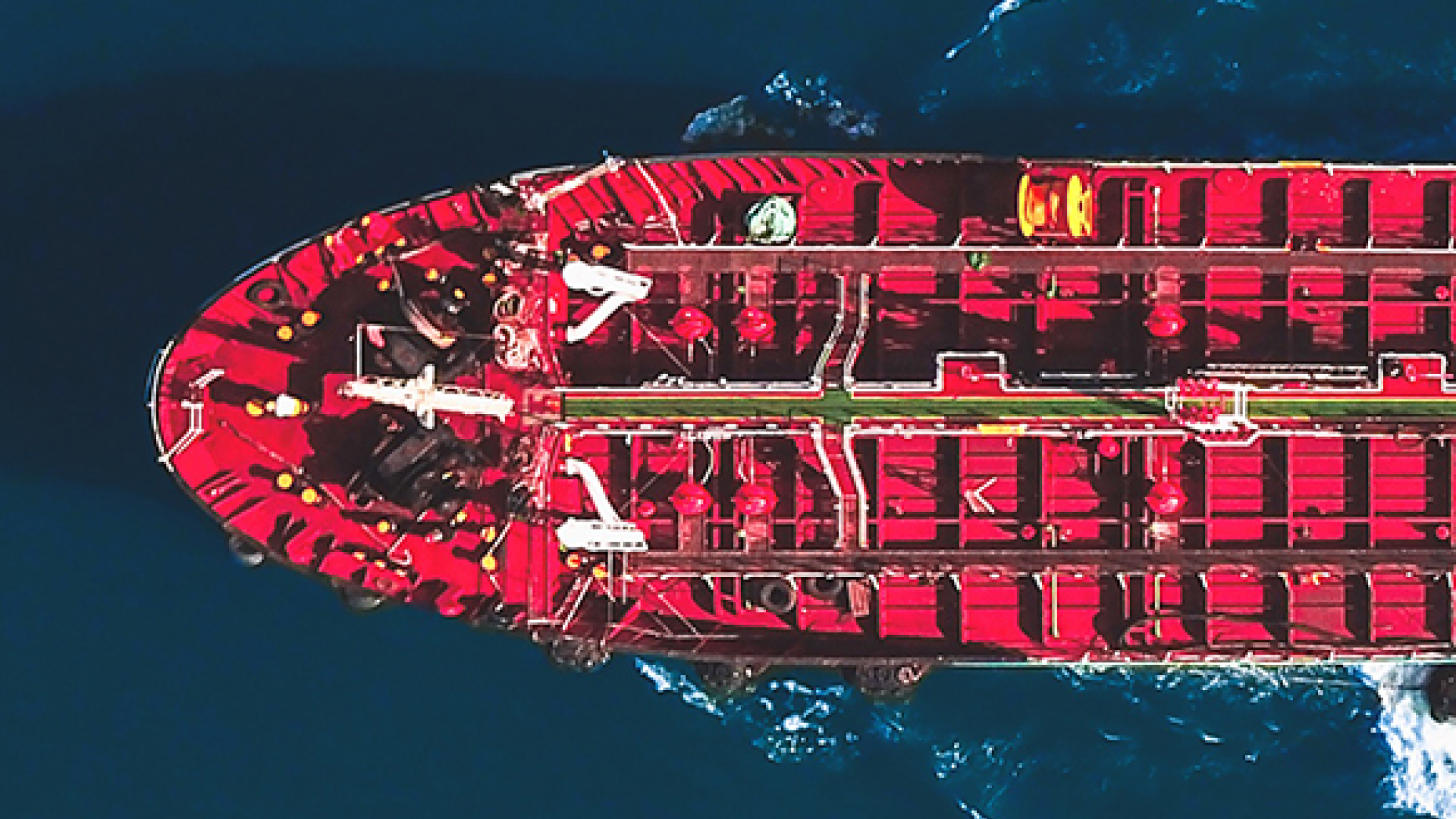
Geoeconomic Briefing
Geoeconomic Briefing is a series featuring researchers at the IOG focused on Japan’s challenges in that field. It also provides analyses of the state of the world and trade risks, as well as technological and industrial structures (Editor-in-chief: Dr. Kazuto Suzuki, Director, Institute of Geoeconomics (IOG); Professor, The University of Tokyo).
Disclaimer: The opinions expressed in Geoeconomic Briefing do not necessarily reflect those of the International House of Japan, Asia Pacific Initiative (API), the Institute of Geoeconomics (IOG) or any other organizations to which the author belongs.
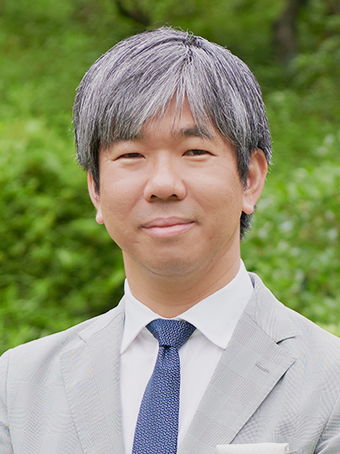
Director, International House of Japan

Group Head, Europe & Americas,
Director of Research, Asia Pacific Initiative
Director, International House of Japan
Yuichi Hosoya is professor of international politics at Keio University, Tokyo. Professor Hosoya was a member of the Advisory Board at Japan’s National Security Council (NSC) (2014-2016). He was also a member of Prime Minister’s Advisory Panel on Reconstruction of the Legal Basis for Security (2013-14), and Prime Minister’s Advisory Panel on National Security and Defense Capabilities (2013). Professor Hosoya studied international politics at Rikkyo (BA), Birmingham (MIS), and Keio (Ph.D.). He was a visiting professor and Japan Chair (2009–2010) at Sciences-Po in Paris (Institut d’Études Politiques) and a visiting fellow (Fulbright Fellow, 2008–2009) at Princeton University. [Concurrent Position] Professor, Faculty of Law, Keio University
View Profile-
 Is China Guardian of the ‘Postwar International Order’?2025.12.17
Is China Guardian of the ‘Postwar International Order’?2025.12.17 -
 Japan-India Defense in a Fragmenting Indo-Pacific2025.12.10
Japan-India Defense in a Fragmenting Indo-Pacific2025.12.10 -
 The “Economic Security is National Security” Strategy2025.12.09
The “Economic Security is National Security” Strategy2025.12.09 -
 India - Japan: The Glimpse of a Shared Vision2025.12.05
India - Japan: The Glimpse of a Shared Vision2025.12.05 -
 Beijing’s ‘Globalist’ Agenda Under Trump 2.02025.12.01
Beijing’s ‘Globalist’ Agenda Under Trump 2.02025.12.01
 Event Report: The Trump Tariffs and Their Impact on the Japanese Economy2025.11.25
Event Report: The Trump Tariffs and Their Impact on the Japanese Economy2025.11.25 The Real Significance of Trump’s Asia Trip2025.11.14
The Real Significance of Trump’s Asia Trip2025.11.14 The “Economic Security is National Security” Strategy2025.12.09
The “Economic Security is National Security” Strategy2025.12.09 The long road to a South Korea-U.S. trade deal2025.11.26
The long road to a South Korea-U.S. trade deal2025.11.26 India’s Structural Reforms: Opportunities and Risks2025.11.14
India’s Structural Reforms: Opportunities and Risks2025.11.14


